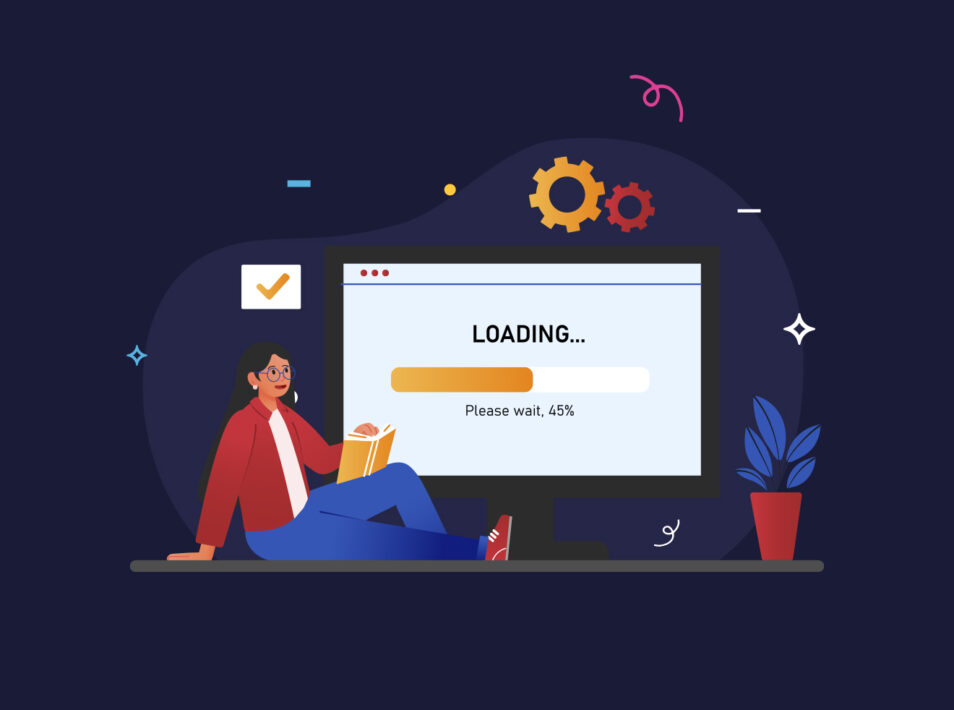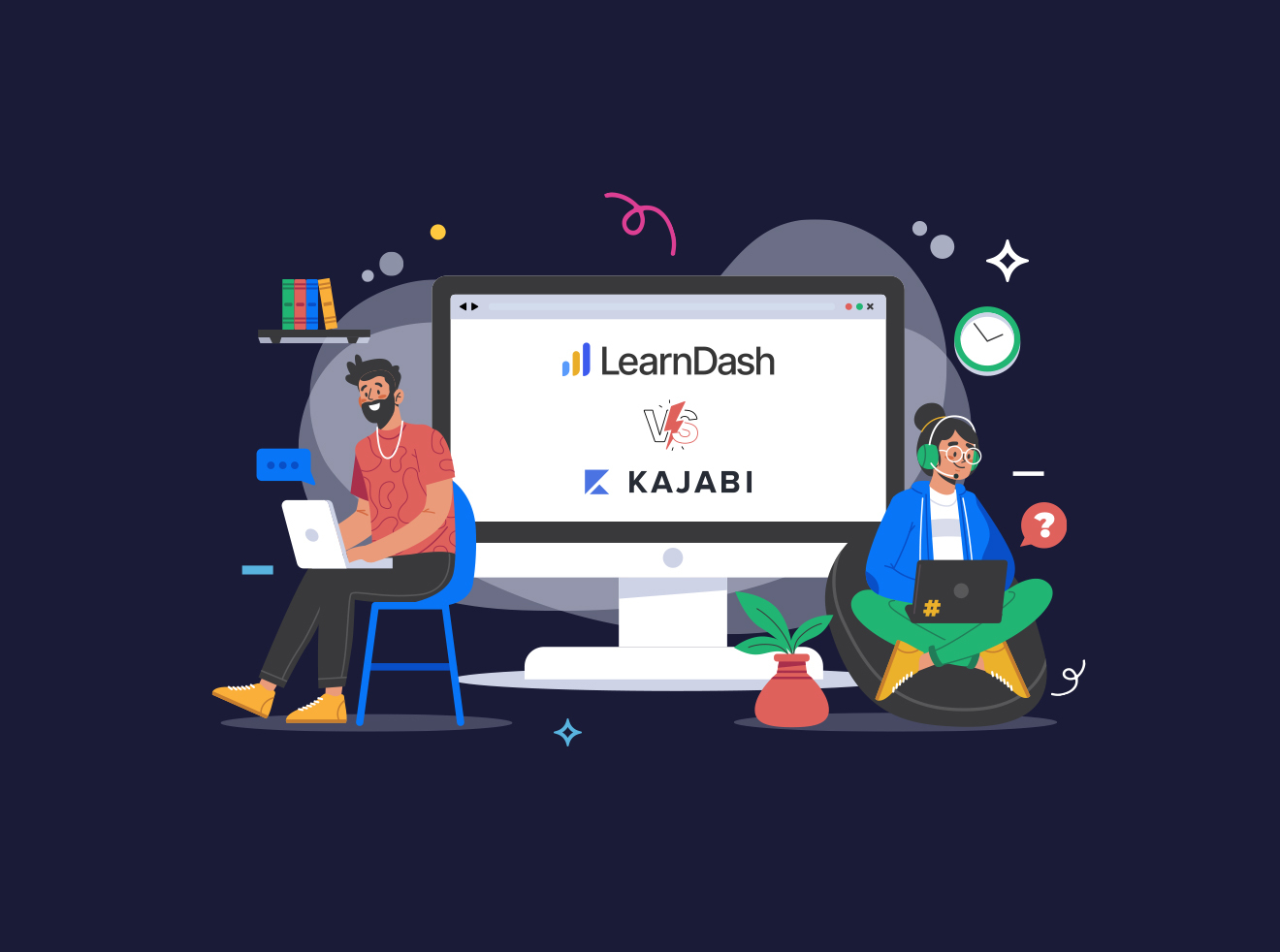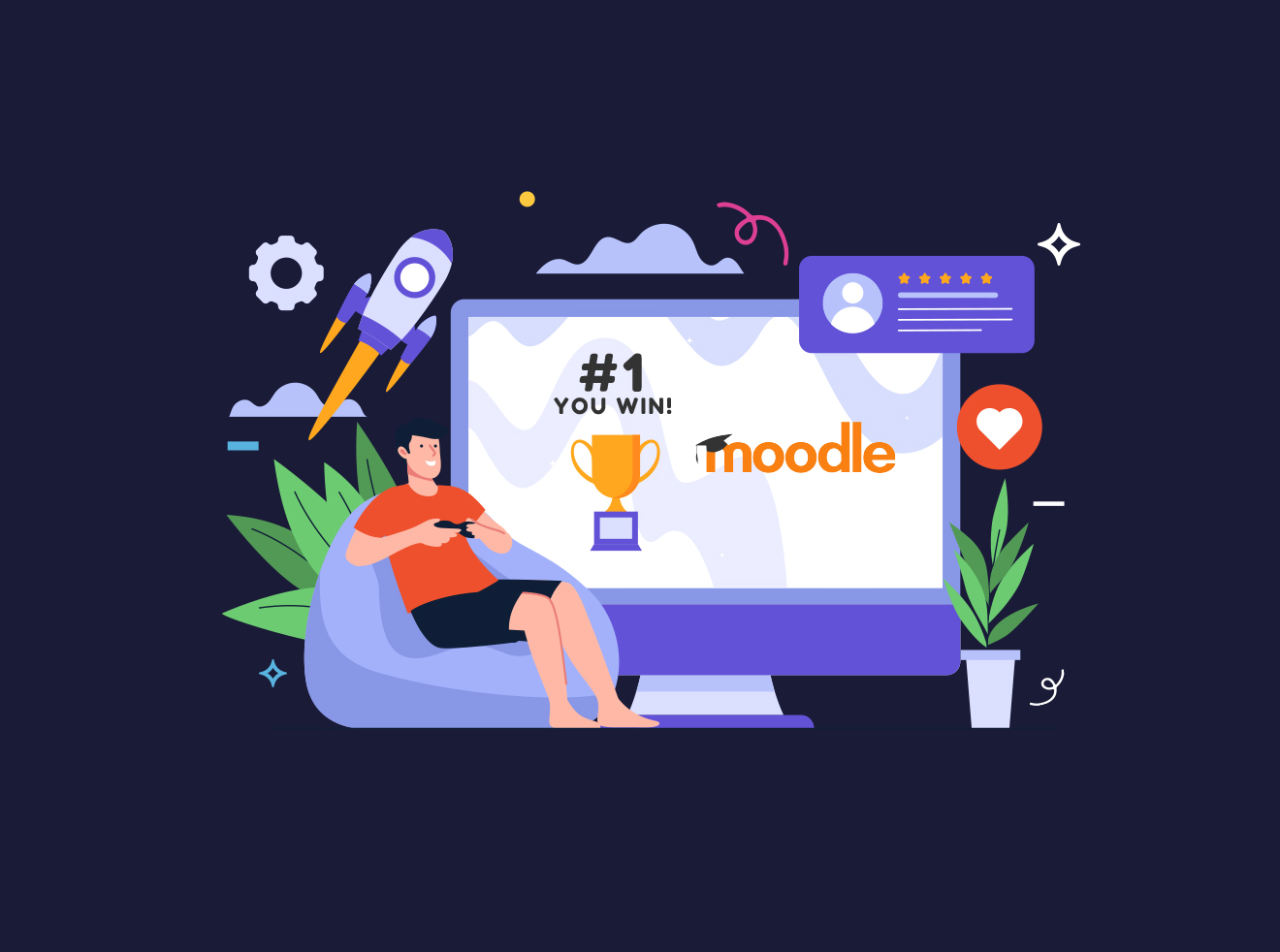Learning management systems (LMS) have become vital tools for companies that host and track training resources for employees, customers, and partners. However, slow and glitchy LMS platforms have become a common source of dissatisfaction, reducing user experience and, eventually, platform value.
A slow LMS may have an impact on your course completion rate, increase turnover, and eventually cost you money as frustrated learners demand refunds. In other words, slow LMS platforms may negatively affect user engagement and the overall performance of your online course.
Fortunately, most LMS performance issues can be resolved or improved if you understand what is wrong and how to fix it. In this article, we will look at the possible causes of your slow LMS and what you can do to improve its performance.
Why You Should Optimize Your LMS
A fully functional, high-performing LMS is more than just visually appealing. Optimizing speed and performance benefits organizations by increasing user engagement, reducing support volume, increasing platform return on investment, and enabling the usage of insightful analytics.
Administrators can track comprehensive participation and progress statistics while employees can get training without any lag or inconvenience. It benefits all parties involved and makes it possible for your LMS investment to produce significant returns.
Learning Management Systems (LMS) facilitate a collaborative environment for instructors and learners by acting as the digital center for training and education. But optimization is more than just a technical requirement; it’s a strategic move with significant advantages.
Some of these advantages includes:
Improved User Experience:
Optimizing your LMS leads directly to a better user experience. Imagine a learning environment in which pages load quickly, content is easily accessible, and interactions are smooth. Users, whether educators providing content or students browsing courses, benefit from a responsive and efficient platform. This not only minimizes irritation, but it also increases engagement and fosters a positive learning environment.
Cost Savings:
Your organization can save a lot of money by switching to a faster LMS. Reduced downtime from increased efficiency through optimization frequently enables more efficient use of available resources. Process simplification also raises overall operational effectiveness and can minimize your LMS’s total cost of ownership.
Better Analytics:
Unlocking insightful information is just as important as speed when it comes to LMS optimization. Having a well-optimized LMS gives you powerful reporting and analytics features. Administrators can monitor performance metrics, compile information on user involvement, and pinpoint areas in need of development. Organizations may use this data-driven strategy to make well-informed decisions, customize material to meet the needs of individual users, and continuously improve the learning process.
The Possible Effects of This Problem on Your e-Learning Business
Lost productivity due to dissatisfied learners, abandoned training sessions, and declining learner enthusiasm are just a few of the challenges caused by a slow, inefficient LMS. Glitches waste time and interrupt workflows, and students who lose interest during delays may forgo participation in essential programs.
Poor analytics limit your capacity to monitor and modify training performance, and you also lose tangible benefits such as the ability to demonstrate the success of learning projects to leadership. Furthermore, the impact of a slow Learning Management System goes far beyond dissatisfaction it can resonate throughout the heart of your e-learning business, harming financial stability, productivity, and learner engagement.
Financial Consequences:
A slow LMS might cause a financial burden on your e-learning organization. Downtime, delays, and dissatisfied users may result in lower course completion rates, thus affecting income sources. Furthermore, the efforts spent analyzing and resolving performance difficulties can result in an unforeseen financial impact. In today’s competitive e-learning world, a smooth and effective LMS is more than a luxury; it is a must for financial health.
Productivity Challenges:
You can’t have an effective learning management system (LMS) without a productive faculty and administration. When the system isn’t running fast enough, things take longer to finish, which affects productivity throughout. Creating content, updating it, and managing users all become tedious tasks that slow down operations. Both your productivity and the morale of your team members will take a hit as a result.
Learner Engagement at Risk:
Engaged learners are at risk when learning management systems are slow. Students nowadays have shorter attention spans and demand immediate gratification from the information they consume. Learners might tune out or look for an other platform if your LMS makes it hard to deliver courses smoothly. If you want your e-learning business to succeed, you need engaged learners who will finish courses, understand the material, and provide good feedback.
Essentially, the effects of a slow learning management system go beyond simple technical issues and affect the core of your entire e-learning business. Learner engagement, productivity, and financial stability are intertwined threads, and protecting these vital components requires addressing the speed and efficiency of your LMS.
Major Causes of a Slow LMS and Corresponding Solutions
Before we begin to resolve the problems that are slowing down your Learning Management System (LMS), it’s important to know that these problems are common but can be fixed. As the world of digital education changes quickly, it can be hard to find learning experiences that are smooth and effective. But with the right information and plan, these problems can be turned into chances to make things better. Now, let’s look at the various difficulties that may be impeding your LMS’s performance and find effective solutions to them.
Outdated Technology
One major factor contributing to your LMS’s performance slowdown is the use of old servers and legacy technologies. Slow reaction times are caused by these outdated components that can’t handle the demands of modern e-learning platforms.
Think about a two-pronged strategy to deal with this. You should start by upgrading your hardware to make sure your servers can handle the load from your learning management system. Consider moving to a cloud-based learning management system as a second option. With the scalability that cloud solutions offer, your platform can easily adjust to different workloads, which improves performance and responsiveness.
Overloaded Bandwidth/Traffic
Slow response times may occur if the bandwidth becomes overloaded due to an increase in user activity or traffic. Your learning management system’s overall performance can take a hit if the network is unable to manage the surge of data during times of high demand.
You might want to think about increasing your broadband capability to fix this. This necessitates enhancing your network’s capability to effortlessly handle increased traffic levels. To further ensure consistent performance even at peak times, load balancing algorithms can be implemented to disperse network traffic evenly, preventing bottlenecks.
Bloated Media Files
Even while multimedia data like videos, graphics, and simulations make learning more interesting, learning platforms can’t handle files that are too large. When using large media files in your learning management system, you run the risk of slow loading speeds. Media files that aren’t optimized can put a strain on the system and make using it a pain.
The best way to deal with this is to optimize your media files. Reduce file sizes without sacrificing quality by implementing file compression techniques. To avoid the upload of very huge files, set limits on the sizes of the media. Implement media lazy loading to minimize the effect on page load times by letting content load only when needed.
Poor Database Configuration
Problems with database transactions between SQL databases and web servers can significantly impact performance. If your database settings aren’t ideal, your learning management system’s performance can suffer. Delays in response times and general system slowness can be caused by inefficient queries and setups.
Perform a comprehensive database investigation to fix this. Improve efficiency by identifying and optimizing queries. Adjust the database parameters so they meet your learning management system’s specifications. If you want your database to run faster, you should do maintenance chores like indexing regularly. By taking this preventative measure, you can make sure that your database is fine-tuned, which will improve your LMS’s responsiveness and speed.
In order to ensure the long-term effectiveness of your LMS, addressing these primary issues calls for a comprehensive strategy that incorporates technology advancements, optimization methods, and a forward-thinking outlook.
Conclusion
A slow LMS can have a detrimental influence on user engagement, learning results, and the overall success of your training materials. We talked about the causes of a sluggish LMS and what you may do to boost efficiency. You must keep an eye on your LMS and make necessary adjustments to keep it responsive and quick.
Recall that a quick LMS may boost ROI, enhance learning results, and draw in and keep more students. Thus, invest the time to optimize your LMS today so you may reap the rewards of a quicker and more effective system later on.
Are you tired of a slow LMS system that frustrates you and your learners? At LMSNinjas, we provide expert LMS administration, customization, and rescue services to identify performance issues and resolve them so your system operates smoothly. Contact us today to learn how we can help you improve the pace, engagement, and value of your LMS.




